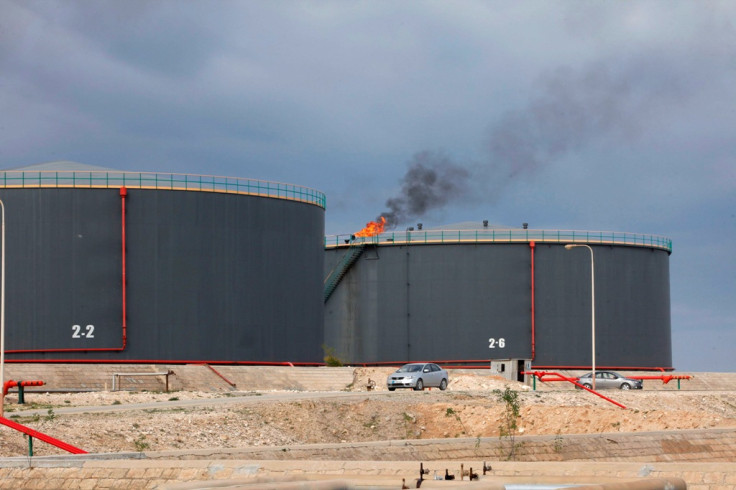Oil market rout continues as Brent slumps below $45 per barrel
Crude benchmarks suffer as oversupply concerns continue to weigh on trading sentiment.

The oil market rout continued on Wednesday (22 June) as oversupply concerns yet again weighed on traders' minds, with Brent, the global proxy benchmark, trading below $45 at one point before mounting a mild recovery.
At 10:41am BST, the Brent front month futures contract was up 0.69% or 34 cents to $45.12 per barrel, but down 20% since its price peak in January and having entered a technically bearish market overnight.
Concurrently, the West Texas Intermediate (WTI) also remained on a technically bearish patch at $42.78 per barrel, up 0.59% or 25 cents, on the previous session's massive sell-off, and down 20% since its February peak. Both benchmarks remain at 7-month lows.
Despite Opec's 1.8m barrels per day (bpd) cut in concert with 10 non-Opec oil producers on 25 May, surplus barrels continue to enter the supply pool. Opec members Libya and Nigeria, who are exempt from the cuts, continue to post rising production.
In Libya's case, official confirmation of a 900,000 bpd production level – deemed a four-year high – is awaited, while Nigerian exports are tipped to exceed 2m bpd by August; likely to be the highest on data aggregators' records in nearly 17 months, according to Reuters.
Meanwhile, US production continues to rise, with the country's Energy Information Administration predicting a production level of 9.9m bpd for 2018, but many in the City reckon American production for next year could well be in excess of 10m bpd.
Mihir Kapadia, chief executive officer of Sun Global Investments, said the energy markets are operating on a back foot due to concerns there is still too much oil despite Opec and non-Opec cutbacks.
"Expanding US shale production continues to dilute the efforts by Opec and Russia to stabilise the market. The worries are now spreading to Wall Street as energy stocks, already the biggest losers this year, took another hit on Tuesday."
Analysts at Vienna-based JBC Energy said given what is currently transpiring, an obvious question is of course how much further the price can fall.
"Looking at traders' positioning, which is still far from the extremes seen at certain times last year, and technical aspects on the charts, the answer would have to be that we could easily go lower with a more immediate target for Brent being the $42.50 level which provided support last year over the summer months."
© Copyright IBTimes 2025. All rights reserved.






















